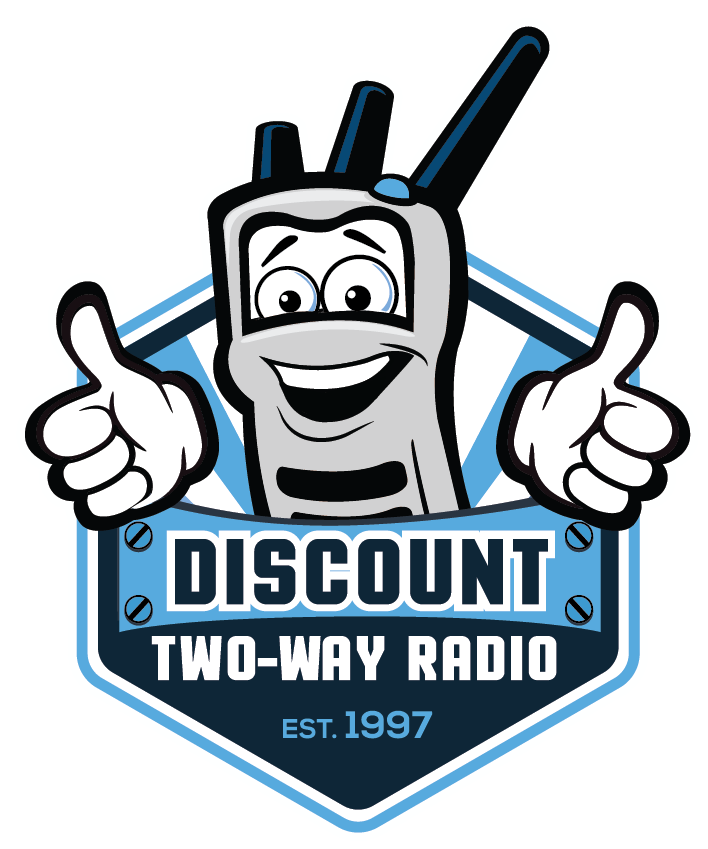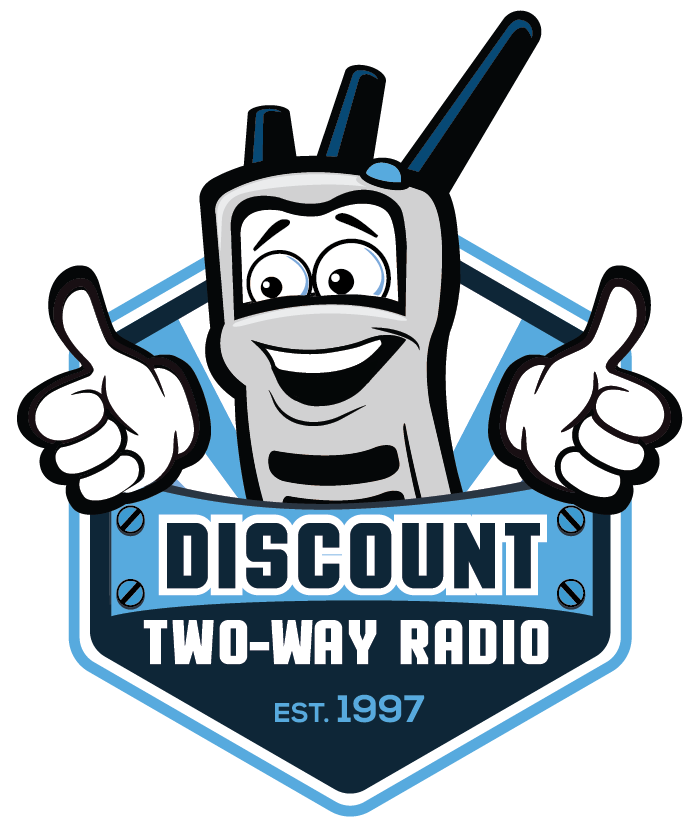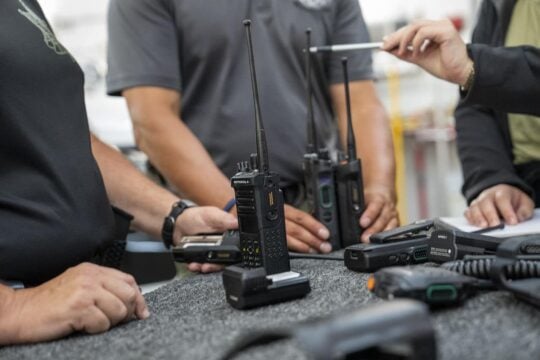
What’s the Difference Between Digital and Analog Two-Way Radios?
Understanding the difference between digital and analog signals can be a little tricky when deciding which one should be used for a particular job or within a particular industry.
So, for this week’s Two-Way Radio Tip, we are going to unpack just exactly what are the differences between analog and digital technology, and what are the advantages and disadvantages of both when it comes to two-way radios.
As in many things electronic, analog was the original technology when two-way radios were introduced into the business world around mid-1930’s. Even today, the primary form of wireless communication technology continues to be analog. However, more and more digital technology is being adopted by large industries that rely on two-way radio technology.
How Analog Works
Both analog and digital radios send signals over a radio channel using a carrier frequency wave, either Very High Frequency (VHF) or Ultra High Frequency (UHF). (Editor’s note: Next week we’ll discuss VHF versus UHF.) In the case of analog radios, the signal is sent via frequency modulation (FM) which encodes a voice signal within the carrier wave. These waves are “sinusoid”, or a continuous wave that has a smooth oscillation. As the voice modulates it alters the frequency of the wave. The receiving radio demodulates this frequency to create an understandable voice message. In this way, analog technology creates an actual representation or “analogy” of the voice. That is really what the term “analog” means.
When it comes to two-way radios, one clear-cut way to hear how analog technology works is to observe how the analog signal degrades as the radio moves further and further away from the transmission point. A typical analog signal will continuously deteriorate as it advances toward its maximum range, until only white noise is heard. Digital on the other hand, will immediately drop off once it reaches the furthest point of transmission.
How Digital Works
Digital technology is entirely different from analog technology. Instead of encoding voice signals as representations on a carrier frequency wave, the information is translated into a binary format made up of zeros and ones, where each bit represents two distinct amplitudes. Unlike analog signals, digital signals do not send a smooth, continuous signal but rather the signal will be exact and square because it is transmitted via non-continuous block segments. Because of this technology, digital two-way radios have better voice quality, and will not fade away to white noise when they reach their maximum range. Instead the signal will just drop off.
To better understand, the differences between Analog and Digital technology as it relates to two-way radios, we have created the following comparison chart:
Analog versus Digital comparison chart
| Analog | Digital | |
| Signal | Analog signals are a continuous, sine wave which can allow the radio to transmit a truer version of the vocal message. However, analog can have a difficult time penetrating physical obstacles. | Digital signals pick up processed signals which convert sound waves into mathematical bits. Digital radios can produce as much as 20% more coverage and are better at pushing through walls and concrete. |
| Carrier Wave | Produces a sine wave, which is a smooth, continuously oscillating wave. | Produces discontinuous square waves. |
| Power | Analog radios draw more energy, which can limit the battery shift life. | Digital radios use energy much more efficiently, increasing the lifespan of the battery. Digital radios can also be more powerful, where 1 digital Watt can be as powerful as 4 analog watts. |
| Technology | Analog radios use frequency modulation (FM) waves. These waves produce clear voice transmissions but cannot filter out other noises around the sender. They are also not able to transmit signals past a few miles. | Digital radios work by picking up a processed signal which turns sound into patterns of digits (numbers) rather than the radio waves. The digital signal creates more opportunities for feature-rich technology and can generally travel further. |
| Data Transmissions | Analog signals can experience noise deterioration during transmission cycle. | Digital radios have built-in error correction which reduces background noise, static, etc. |
| Compatibility | Analog radios are unable to work with digital two-way radios. | Digital two-way radios can be compatible with both digital and analog technology. This allows users to perform a digital migration, where you have digital radios working in analogue mode, until there becomes the time when all radios in the fleet are digital. |
| Cost | Analog radios are relatively inexpensive and easy to use. | Digital radios offer more capabilities so can be more expensive, but like most electronics the digital parts get cheaper and more efficient year after year. |
| Future | While analog two-way radios have been a mainstay for years, they have all but exhausted their possibilities as far as features. Manufacturers are no longer making analog only radios. | Digital radios will slowly take over the radio communication market because it provides many additional features, and better coverage. |





No Comments